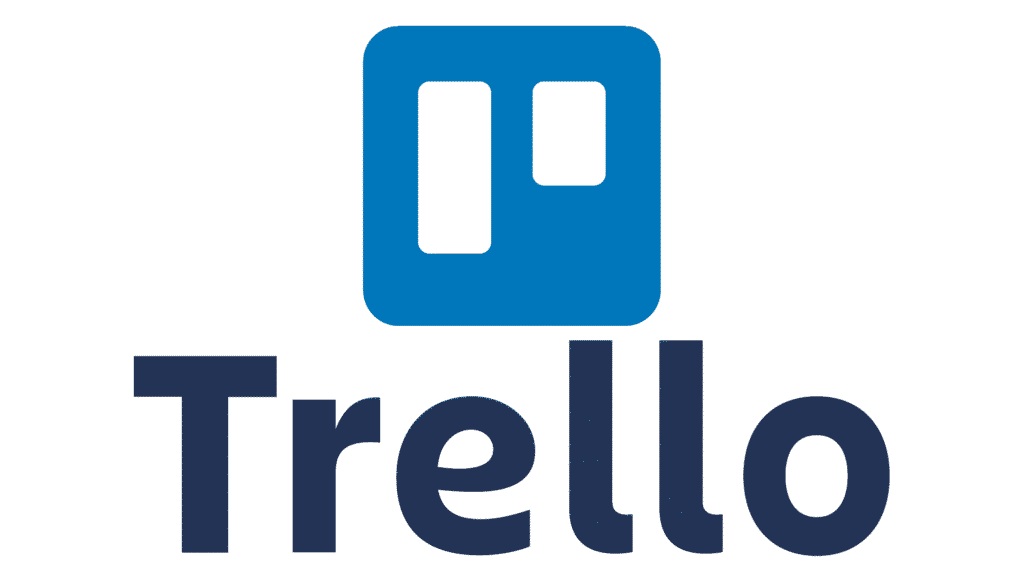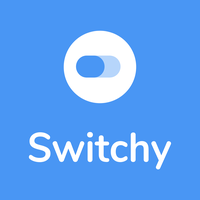Conversational Marketing & Chatbots: Increasing Consumer Engagement
People want quick responses, quick interactions, and seamless customer service without having to wait hours for a response in today’s digital world. Chatbots and conversational marketing platforms are filling that gap.
Companies are recognizing that consumers want to interact, ask questions, and feel heard in addition to simply purchasing a product. And to be honest, it makes sense in a time when everything occurs instantly.
Chatbots, powered by AI, are no longer those robotic, scripted answering machines from a decade ago. They’re becoming smarter, more human-like, and capable of holding full conversations. This has changed the way companies interact with people online, and it’s also had a direct impact on sales and brand loyalty.
In this blog, we’ll dive deep into how conversational marketing and chatbot automation are creating better experiences for customers, why businesses are adopting them fast, and what this trend means for the future of marketing.
What is The Conversational Marketing?
Engaging customers in a two-way conversation rather than a one-way barrage of advertisements and promotions is the essence of conversational marketing. In the past, businesses threw popups, sales pitches, and emails at users in the hopes that they would convert. That model is reversed by conversational marketing. Rather, it poses queries, hears the user’s desires, and then directs them to the best answer.
- For instance, you might go to a website that sells clothes. Rather than searching for what you’re looking for, a chatbot appears and asks: “Looking for something casual today or formal wear?”
- “Do you prefer discounts?”
- “Should I recommend based on your size?”
Within minutes, your browsing feels smoother, personalized, and actually enjoyable. That’s conversational marketing in action it reduces friction.
AI Chatbots: The Power Behind Engagement
You may be asking yourself, aren’t chatbots just those pre-programmed pop-ups that provide standard frequently asked questions? No longer. Instead of relying solely on keywords, Natural language processing and machine learning are used by contemporary AI chatbots to comprehend intent. This essentially indicates that they understand the context of your question rather than merely looking for a particular word.
Instead of just displaying all the winter collections, a chatbot will recognize that you’re asking for warm but packable clothing if you type in, “Hey, I need something for a winter trip, but it should be lightweight too.”Contextual knowledge like that fosters trust and gives clients a sense of understanding. Additionally, the likelihood that you will make a purchase increases when you feel that a brand “gets you.”
Why Chatbots Are Trending Right Now?
Chatbots and conversational marketing are trending for a few clear reasons:
- Instant responses: Nobody likes waiting 24 hours for an email reply. Chatbots reply in seconds.
- 24/7 support: Businesses can provide help anytime, anywhere.
- Personalization at scale: AI chatbots can handle 1000s of conversations at the same time,while tailoring suggestions individually.
- Lower costs: Why hire 50 support agents when a smart bot can handle most queries?
- Data-driven insights: Chatbot automation collects customer preferences and behaviors that help businesses refine strategies.
It’s also worth noting that patience among customers is thinner than ever. A small delay can push someone to a competitor.That’s why speed and personalization had turned chatbots into essential digital marketing tools.
The Transformation in Customer Engagement
Experience now matters more to customers than just the product. Instead of simply purchasing a product and walking away, consumers want to feel a connection to the brand. Traditional marketing techniques are unable to convey the sense of personalization that conversational marketing does.
Let’s face it, lengthy wait times and monotonous chats were common complaints in traditional call centers. Contrast that with a chatbot that can instantly retrieve your order history, understands your preferences, and even casually upsell or cross-sell. A virtual legal assistant can work the same way, offering quick guidance, answering questions, and creating a smoother client experience. For instance, the chatbot may now recommend socks or fitness trackers if you purchased running shoes last month.
It may ask if you want bundle discounts if you have been looking at skincare products. This proactive yet approachable interaction is inherently perceived by customers as more akin to helpful advice than a “hard sell.”
Comparing Conversational and Conventional Marketing.
To illustrate the distinctions between conversational marketing, the following brief comparison is provided:
Aspect Traditional Marketing Talkative Marketing: Interacting with Clients One-way (ads, emails, and calls) Two-way, real-time conversations; When there are delays in response availability,without delay and at all times Minimal customization, often generic, dynamic, tailored advice.The customer’s experience could seem unnecessary or invasive. It looks worthwhile and intriguing.
Effect on Sales: Extended Cycle of Purchase shorter travel times and higher revenue.
Chatbot Automation in Businesses
Different industries are jumping on chatbot automation, because it fits almost everywhere. Because chatbot automation is so universal, various industries are embracing it. An AI sales training platform can enhance these capabilities by ensuring chatbots deliver more persuasive and effective conversations.
- E-commerce: Assisting customers with product searches, order verification, and coupon application.
- Banking and Finance: Assisting with transactions, fraud alerts, and balance inquiries.
- Healthcare: Providing basic information, scheduling appointments, and reminding people.
- Travel: Making recommendations for flight options, hotel packages, and itinerary preparation.
- Education: Enrollment assistance, class reminders, and virtual learning assistants. teresting thing here is that chatbots aren’t just “support tools” anymore, they’re becoming “sales teams.” The right chatbot system acts like a knowledgeable salesperson who never sleeps. Integrating ai sales automation ensures every interaction drives engagement and potential revenue.
The Human Touch vs AI Chatbots
Chatbots don’t totally eliminate the human element, despite what some people still believe. A well-designed chatbot assists people, not replaces them. Chatbots typically refer complex or delicate topics to a human agent for resolution.The difference is that most of the basic information has already been acquired by then, allowing the human agent to move forward without any issues.For customer service teams, it is therefore more of an enhancement than a “replacement.”. Humans can now focus on solving complex problems as routine conversations are now handled by bots.
Chatbot Challenges for Businesses Before we get too excited, let’s keep it real chatbots aren’t perfect. Some challenges include:
- Over-automation: If bots are too pushy, customers may feel annoyed.
- Context limitations: AI is smart but it’s not human it can misunderstand tone or complex queries.
- Maintaining the human feel: Striking the right balance between automation and empathy is tricky.
- Privacy concerns: Users want to know their data is safe while interacting with bots.
So businesses need to design chatbot strategies that feel genuine, secure, and helpful not just mechanical.
The Future of Conversational Marketing
It’s reasonable to predict that conversational marketing and chatbot automation will develop further. Advances in voice AI, predictive analytics, and deeper personalization could soon make bots appear almost identical to humans.
Imagine a voice-activated artificial intelligence (AI) shopping assistant that is aware of your past purchases as well as your preferences for certain seasons, styles, sizes, and budgets.It asks what occasion you’re shopping for, calls you by name, and makes product recommendations right away.That isn’t science fiction; it will happen.
Conclusion
These days, chatbots and conversational marketing are more than just trendy terms; they are influencing how customers will interact with businesses in the future.They streamline the purchasing process, offer prompt responses, and customize experiences. More significantly, they establish a connection between the brand and its customers something that traditional marketing finds it difficult to accomplish. Yes, there are challenges like privacy, overdependence, or lack of empathy at times, but as AI technology improves, these will be solved gradually.
At the end of the day, customer engagement today isn’t just about selling it’s about conversations, connections, and convenience. And when you combine all three together, you don’t just get happy customers, you get loyal ones. So if your business hasn’t considered diving into chatbot marketing yet, now’s probably the time. Because the future really does seem to be chatty.
 Key Takeaway: AI influencers aren’t here to replace humans – they’re here to expand what’s possible in digital marketing. The brands that strike the right balance between AI scalability and human authenticity will win the next phase of the digital marketing game.
Key Takeaway: AI influencers aren’t here to replace humans – they’re here to expand what’s possible in digital marketing. The brands that strike the right balance between AI scalability and human authenticity will win the next phase of the digital marketing game.























 )
)